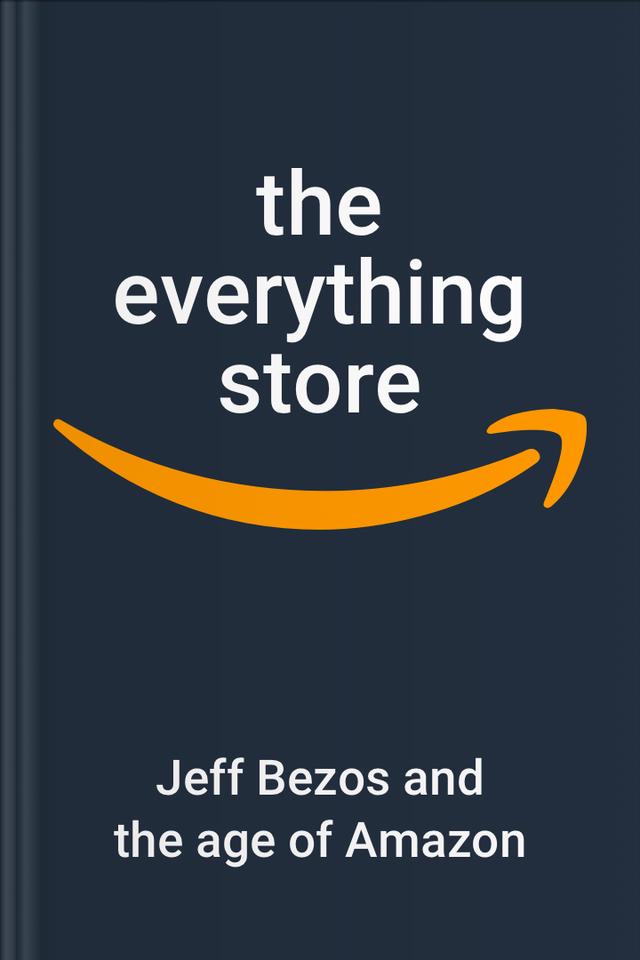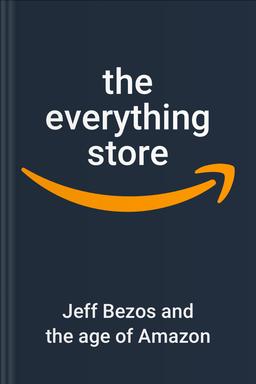You’ll learn
- Why it is important to take risks
- The power of small steps
- How childhood experiences affect your future
- Why mistakes are an integral part of success
russia has launched a full-scale war in Ukraine. Donate to support Ukraine and protect the world’s peace.

first KEY POINT
Amazon creator Jeff Bezos has always been a big player, so he pitched investors the same thing he told his parents: the firm had a 70% risk of loss. Nonetheless, he was able to raise the amount he needed, and those who refused to back him at the time would later regret the decision.As a result of fresh capital, the company boosted its software and servers and hired new employees. Everyone worked tirelessly, and there was an unspoken assumption that no one would take the weekend off.Bezos had always believed in personalizing the site for each visitor, and it was time to do that. They developed a system called “Similarities” that grouped customers with similar purchasing histories and recommended books that would appeal to members of each group. Bezos believed this would be a great advantage for online bookstores over offline competitors.
Bezos always had the idea of rapid expansion because he believed that was the way to outperform competitors and prevent the big dogs from swooping in. One such dog was Barnes & Noble, a company with years in the book business that was much bigger than Amazon at the time. They first proposed a partnership but decided to create their website when Bezos rejected it. That only spurred Amazon's growth into other categories, outpacing the bookseller.
second KEY POINT
The giant of the industry — Amazon — began simply as an idea that arose in the offices of a unique firm on Wall Street: D. E. Shaw & Co., DESCO. It was founded in 1988 by David E. Shaw, a former professor at Columbia University. He funneled his love for computers and mathematics into using patterns in global financial markets. DESCO operated differently from other similar companies, and its employees were mainly scientists and mathematicians rather than financiers. It was a new approach to recruiting workers. The company expected them to apply the power of technology and computers to finance scientifically. One such employee of the company was Jeff Bezos. Before joining this firm, he was already contemplating leaving Wall Street altogether. Still, a headhunter convinced him to meet with executives at another financial firm, one with an unusual pedigree. Luckily, it was perfect for him as it encouraged the kind of workplace lifestyle he needed.Shaw and Bezos met regularly for a couple of hours to discuss ideas for this new tech wave. Bezos would then study the practicalities of those ideas. The “everything store” wasn't profitable, according to his research. So, he created a list of twenty possible product categories. The one that stood out to him was books — an unlimited selection of them in a true superstore.

Continue reading with Headway app
Continue readingfirst KEY POINT
second KEY POINT
third KEY POINT
fourth KEY POINT
fifth KEY POINT
sixth KEY POINT